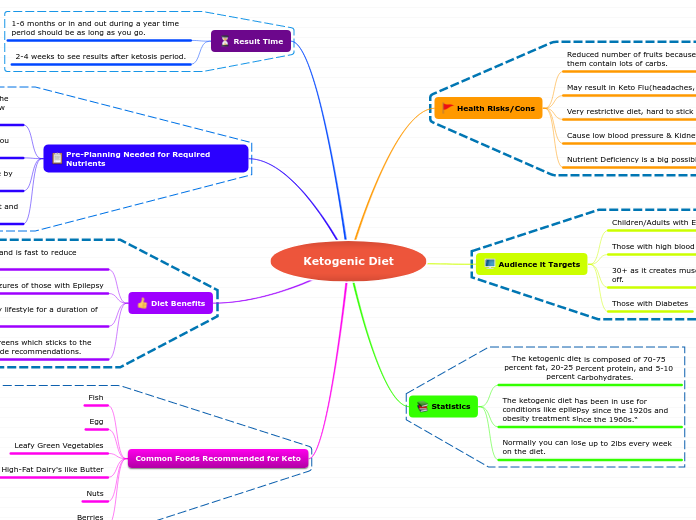por Mikayla LoBasso 6 anos atrás
146
Evidence
To persuade an audience effectively, one must use various forms of evidence such as factual data, statistics, comparative statistics, examples, expert opinions, and images. Factual evidence is generally accepted by the public, while statistics provide numerical insights and comparative statistics help put information in context.









